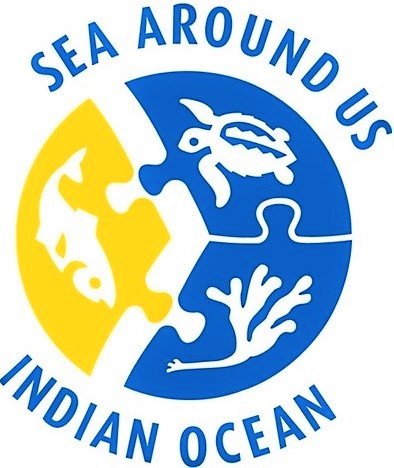A few missing fish: US West Coast recreational and discarded catches
Recreational fishers at Newport Beach, California. Photo by: camera_obscura, creativecommons
Despite being the leading country when it comes to transparency, public accessibility, and free availability of fisheries data, the United States of America’s lack of international reporting of recreational catches and fish discarded at sea may hinder proper ecosystem-based management efforts, new research has found.
In a new paper published in Regional Studies in Marine Science, researchers with the Sea Around Us – Indian Ocean at the University of Western Australia, the Sea Around Us at the University of British Columbia, the University of Washington, the University of Sydney and the Arizona State University present comprehensive accounts for all sources of total U.S. marine catches from the Exclusive Economic Zone waters along the country’s continental West Coast from 1950-2017.
Using the Sea Around Us’ catch reconstruction approach which fills information gaps with best estimates of unreported catches based on harmonized data from a wide range of sources, the researchers were able to account for what is not reported by the National Oceanic and Atmospheric Administration of the USA to the Food and Agriculture Organization of the United Nations (FAO). They found that total catches were 1.2 times higher than the data reported by the USA to the FAO.
Even though commercial catches are properly reported and make up the bulk of what is fished off the coast of Washington, California and Oregon, the authors discovered that unreported recreational catches added up to 4 per cent of the total catch during the study period, averaging about 23,000 tonnes per year.
Chinook and Coho salmon, and Pacific halibut are among the species caught for pleasure and supporting an industry whose sales impact added up to $4 billion in 2017 for the three states combined.
As the catch-and-release practice gained popularity among leisure fishers in recent decades, the figure of reconstructed recreational catches not only considers the fish that are kept but also those that are thrown back into the ocean and do not survive.
Considerable amounts of fish have also been thrown overboard by commercial fisheries since 1950 on the U.S. West Coast, either because they catch non-target species or because larger specimens are found and, thus, the smaller ones are discarded in a practice known as ‘high-grading.’
From 1950 to 2017, fisheries operating in the states along Highway 101 discarded 2.6 million tonnes of fish. The late 1980s saw the most discards at 86,000 tonnes but once bycatch reduction devices or BRDs were introduced in the ocean shrimp fishery, the amount of wasted fish went down to about 10,000 tonnes per year in recent years.
“To our knowledge, no country comprehensively and publicly accounts for separately identifiable discards in their national catch data collection, despite the rapidly increasing adoption of ecosystem-based management approaches in fisheries policy and management around the world,” said Dirk Zeller, lead author of the study and director of the Sea Around Us – Indian Ocean at the University of Western Australia. “But our results here show that discards, together with recreational catches, can make up a considerable component of total catches over time.”
Zeller and his co-authors recommend that, since a number of U.S. agencies are already collecting data from both sectors, NOAA should start including their recreational catch estimates in its annual submission to the FAO, retroactively to 1950. Similarly – and even though the UN agency explicitly excludes discards from its data requests – the researchers suggest to continue keeping a keen eye on how much is being thrown overboard.
The publication can be found at https://doi.org/10.1016/j.rsma.2021.101897

